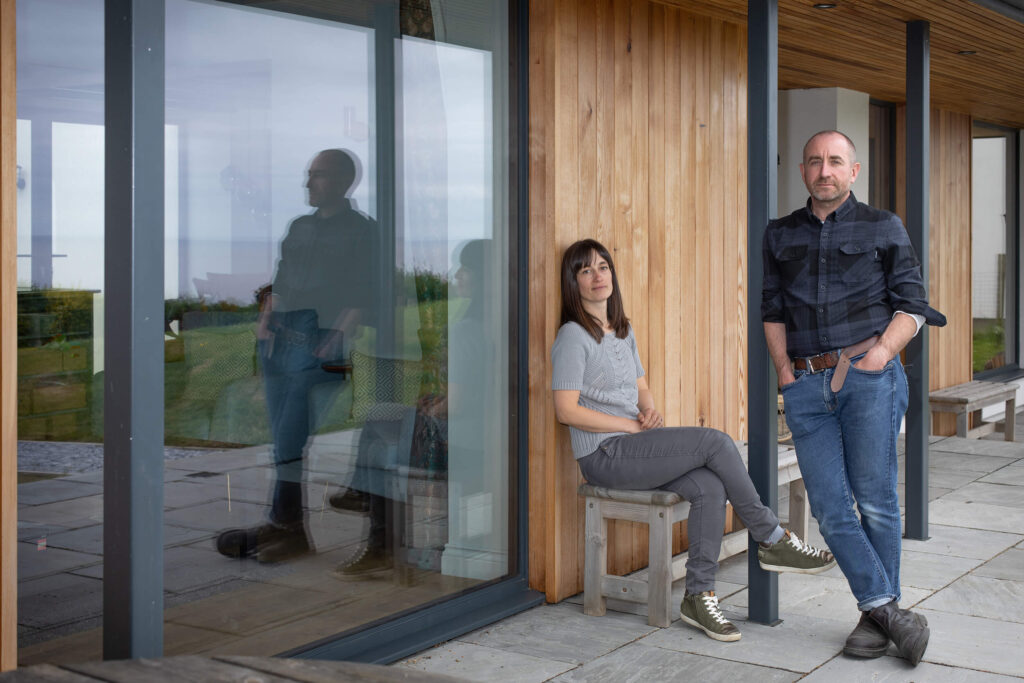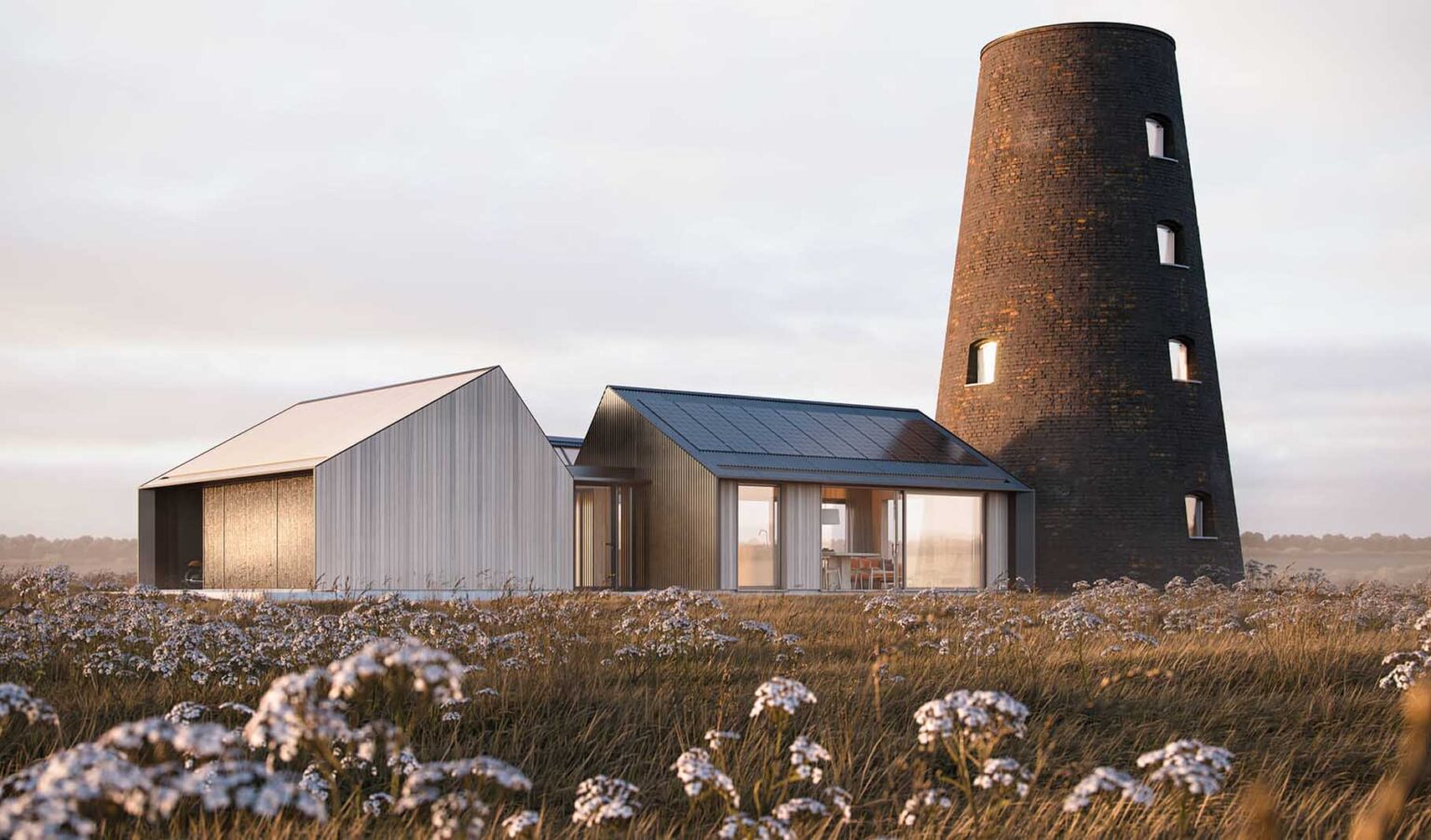Absolutely Yorkshire chats to the eponymous founder of Ian Hazard Architects about the lure of nature and three key projects in the county
When did you first develop an interest in architecture?
My passion as a child was drawing. I loved to draw. I would spend hours with a pencil and some paper, drawing pretty much anything that came to mind! But it was when I spent a week working in a local architects practice at age 14 that I started drawing buildings, and thinking about architecture.
When did you decide it was the career for you?

By the end of that first week of work experience, I had decided to become an architect. I spent that whole week drawing buildings, at a beautiful big old drawing board, and apparently, you could earn a living from it. My mind was made up!
Pre-launching your own business, what were your experiences in the
industry?
Embarking upon the long journey to become an architect, my career has exposed me to a very broad range of professional experience, from the design of a university on top of a shopping mall in Vancouver, to working on Battersea Power Station in London, to building a remote Buddhist school in Ladakh, and to building a knowledge and enrichment centre on a barge in Doha.
What was the biggest thing you learned during this time?
Whilst the primary focus was always to work on the design of some form of building, it was working with and for people that really mattered on every project. It is working with people that makes the job.
Just over a decade ago you launched Ian Hazard Architects – why was it the
right time?

I set up my own practice in 2012, at the tail end of the recession. At that time, the best design orientated architectural practices in the UK were based in the big cities, generally in the south. I had grown tired of living in the city in order to work for a good practice. The city was not my home, and I missed being in nature. There weren’t any design orientated practices hiring young architects in the north east at that time, so there was only one thing for it – to set out on my own!
From day one, what did you want to offer?
Over the years I had gained a great deal of design experience working on large, exciting, international projects. I wanted to bring that experience of creating engaging contemporary architectural design to local clients working on their own properties and projects.
Have you evolved in any way in the 11 years since?
At architecture school, you learn how to design buildings. Nobody teaches you how to run a business. So, setting up the practice has certainly been challenging at times. I find that we are constantly evolving to ensure that the service that we offer is relevant to our clients. When it comes to architectural design our focus has always been toward contemporary design. However, over the years we have learned a lot from working with existing, traditional buildings. Learning from traditional approaches to building construction has taught us a lot, and our approach to contemporary design has evolved as a result.
How does the process start with a client?
From day one, the intent of the practice has been to engage our clients in the design process, so that it becomes a process that they are central to and fully involved within. This process starts with listening to them, rather than talking at them.

Why is connecting to nature a key belief of yours?
Whilst I have always enjoyed drawing, in order to draw something, you need to feel inspired. That inspiration for me has always come from being immersed in nature, particularly the sea. Increasingly we find that the built environments that we create for ourselves separate us from nature, rather than connect us to it. Being inspired by nature ensures that a respect for nature and a desire to seek connection with it remains central to our work.
Is the fact you are based in North Yorkshire a key driver of this and how
inspiring is the area around you?
Absolutely. We live between the North York Moors National Park and the Yorkshire Coast. The working day usually begins with an early morning cycle to the studio, along the seafront. There’s no better way to remind yourself why you do, what you do.
Can you pick out 3 Yorkshire projects that stand out for you for whatever
reason?
Ocean View, Robin Hood’s Bay (pictured top of the page): it’s really our first completed project.
The Old Windmill, York: this project reflects our approach of bringing new things together with old things so that both elements benefit from each other.
Whitby Lobster Hatchery: truly a community-initiated project.
What’s to come from Ian Hazard Architects?
At the end of the day, buildings are designed for people. So, we will always be interested in working with like-minded people, whatever the project. However, it is increasingly important for us as a practice to actively engage with the community that we live and work in. The Whitby Lobster Hatchery project has been a fantastic example of a true community-initiated project that we helped to get off the ground. Hopefully we can help develop more projects like this, so that we can contribute to our region and its continued development.







